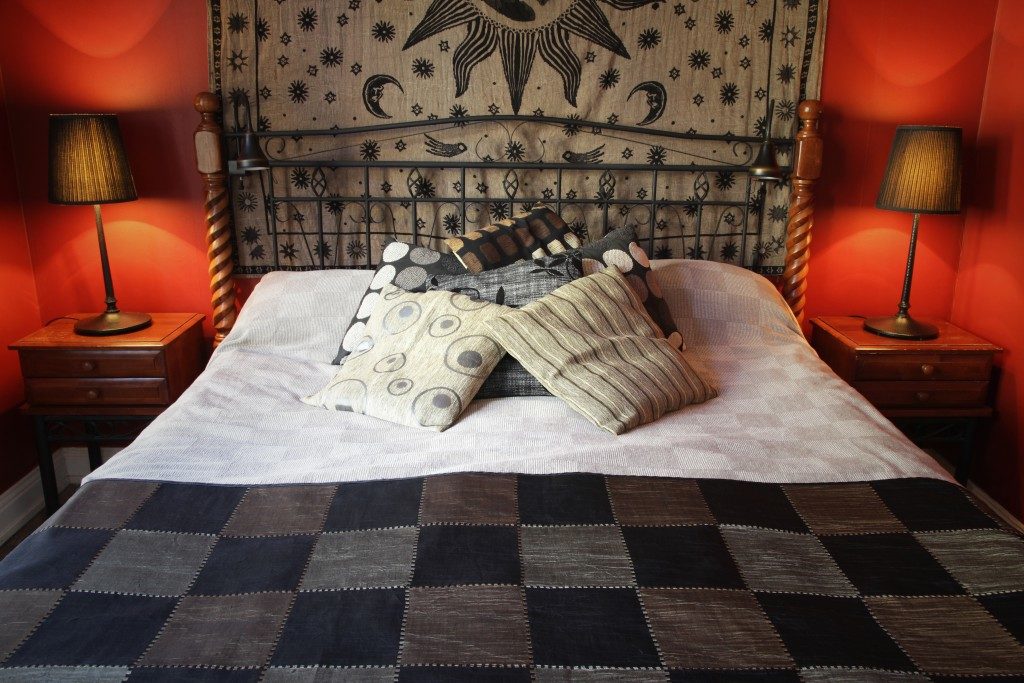No longer just boasting in beauty and aesthetics, homes today have evolved into spaces for self-care. When you walk into a living room now, you don’t just see pretty coffee tables, plush couches and sparkling chandeliers. You also find a living wall in one corner, a meditation area in another and a tiny reading nook tucked under the stairs. The home isn’t only a comfort zone in the emotional sense, but in the design aspect, too.
What Drives Self-Care Design
There are a few things that prompted the movement towards designing for self-care. The most influential of all is the rise of millennial homeowners. This is the generation obsessed with workout programs, diet regimens, life coaching, therapy and mental health apps. Their dedication to self-care trickles into how they decorate their homes and fill up their personal spaces. Taking to social media their stress-relieving abode, they influence other people to follow suit.
Another driver for this movement is the fast-paced lifestyle of modernity. Technology has made life more comfortable, but it also meant feeling the need to do and accomplish more things. With a laptop you can carry anywhere, from work to home, it’s an impulse to work through the night, during the weekends and even on vacations.
Moreover, people get constant bombardment of technology—a ping from an email here, a ring from an errand reminder there and buzzes from Facebook chat groups everywhere. People are more stressed than ever. That’s why people turning their homes into self-care spaces all the more becomes a necessity.
How Self-Care Design Looks
If you’re interested in creating a more relaxing home, you don’t need to hire professional designers to do it. You can do it yourself. A good place to start is to ask yourself what is it that makes you feel good in your home. That’s where everything will flow.

For instance, if it’s neatness that puts you in a good mood, then your primary strategy is to declutter and perhaps, switch into a minimalist interior design style. Sort out each of the items in your home. Clear out surfaces. Think clean, modern lines. Go for a nice, neutral color palette.
On the other hand, if it’s the intimacy of relationships and conversations, then your approach is to improve social spaces. Perhaps in your living room, you can go for a sunken floor structure and complete it with some mood lighting, fresh aromas and a nice fireplace. For a good, clean look, consider gas fireplace installation for your Salt Lake City home. The combination of elements tickling senses of sight, smell and touch can improve the atmosphere of self-care in the space.
If you’re the type to prioritize me-time though, you should focus on personal relaxation and recreation areas. You might want to add a meditation corner in your bedroom or a reading nook near the window facing your garden. A yoga room is also a nice addition. Think about your hobbies and interests and dedicate a space solely for it.
Although self-care in design seems to be just a design fad, it’s likely to be a timeless default element in style from here on. Homes are supposed to be real-life comfort zones, after all.

